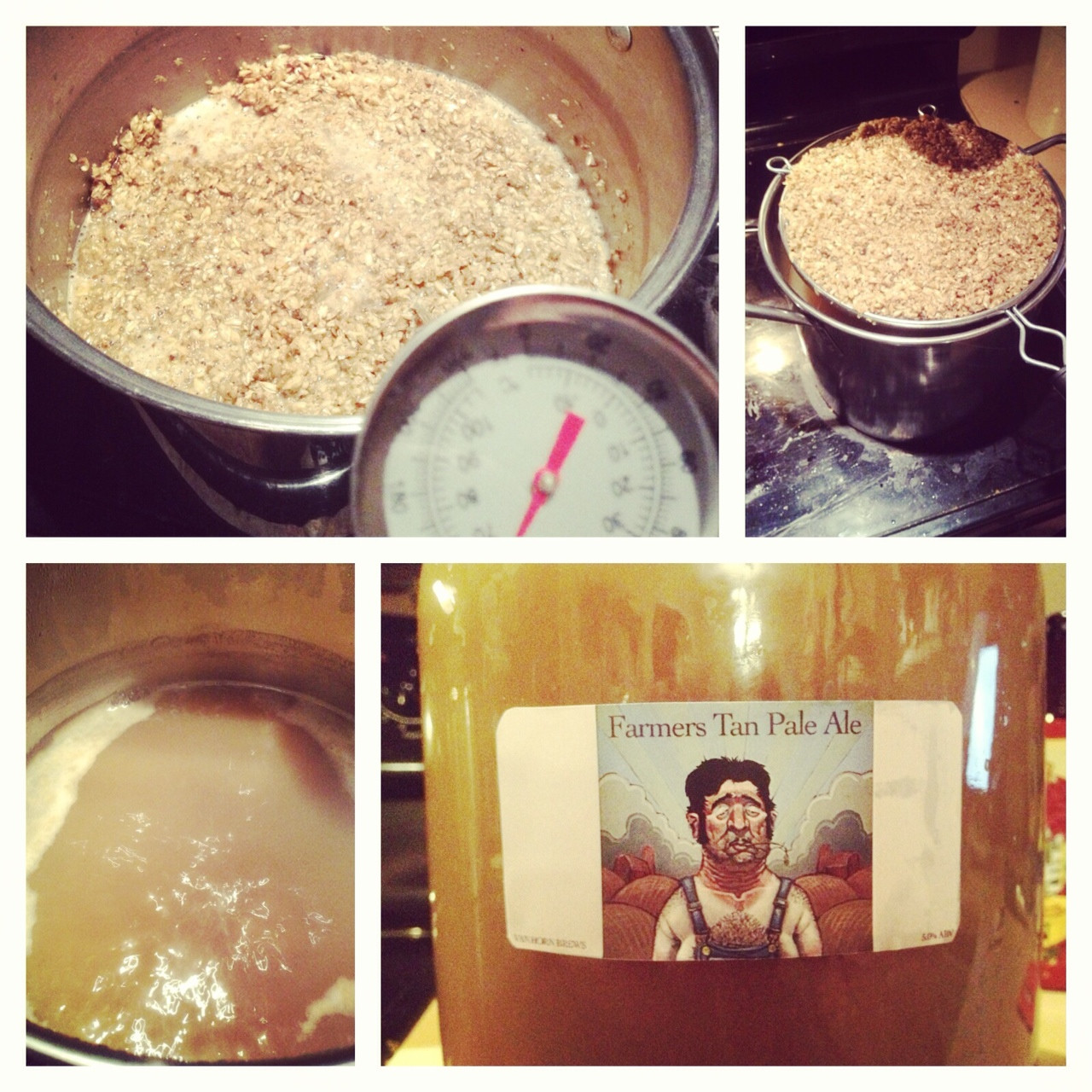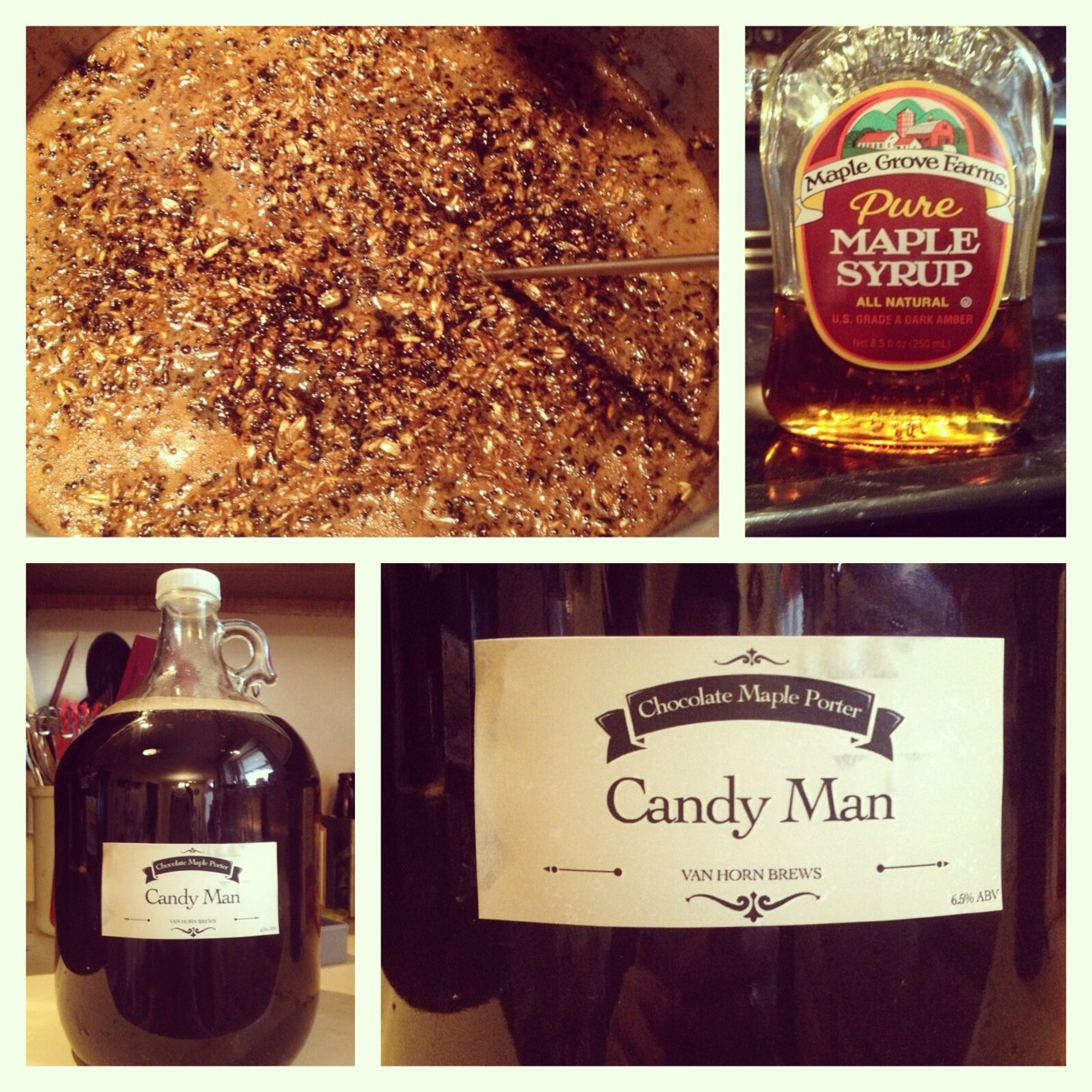Perhaps I need to clarify once again. My *original* comment to @paul_111 expressed concern that using his 3-gallon to *secondary* in would cause problems. That's my main issue. Perhaps I wasn't clear enough in subsequent comments. All I know is that in *most* cases, when you open-ferment a beer that's not specifically meant to be fermented that way, you're courting infection. After all, if open fermentation was totally safe and appropriate across the board, why do any of us use closed fermenters or airlocks in the first place?
Open fermentation is safest while actively fermenting. From my research, once the offgassing drops most open fermenters switch to something more closed as the positive pressure of the CO2 blanket is not pushing out any airborne nasties. Of course I am not an expert, but I did stay in an Holiday Inn Express.
In my opinion, Using a larger carboy for 2ndary is ok as long as the O2 is displaced with CO2 either from the last vestiges of fermentation or being purged by the brewer. That way the headspace is not O2 and oxidization chance is minimized. True, a tighter fitting carboy will provide better protection, but in the end, its your beer. Do with it what you want.






